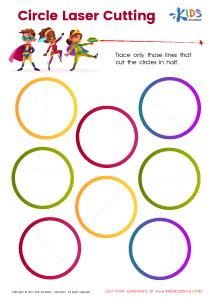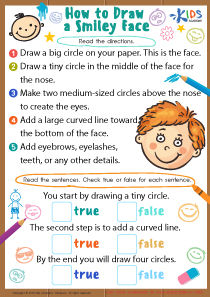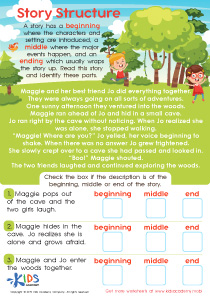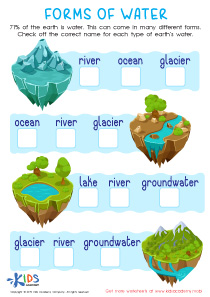Spatial awareness Normal Grade 2 Worksheets
5 filtered results
-
From - To
Discover our engaging Spatial Awareness Normal Grade 2 Worksheets designed to enhance your child's understanding of space and their ability to visualize shapes and objects. These worksheets feature a variety of fun activities that challenge students to recognize patterns, interpret maps, and explore spatial relationships through hands-on exercises. Ideal for developing critical thinking and problem-solving skills, our expertly crafted printables align with second-grade learning standards. These resources will help your child become more confident in navigating their environment while promoting essential cognitive abilities. Join us in making learning exciting and interactive with our Spatial Awareness worksheets for Grade 2!
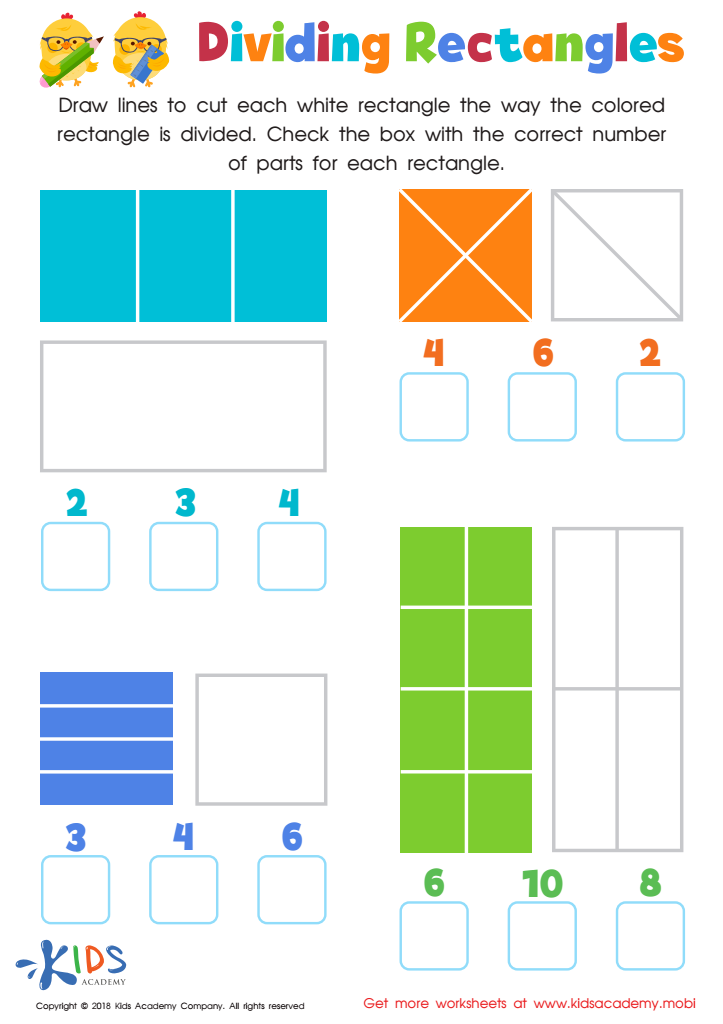

Dividing Rectangles Worksheet
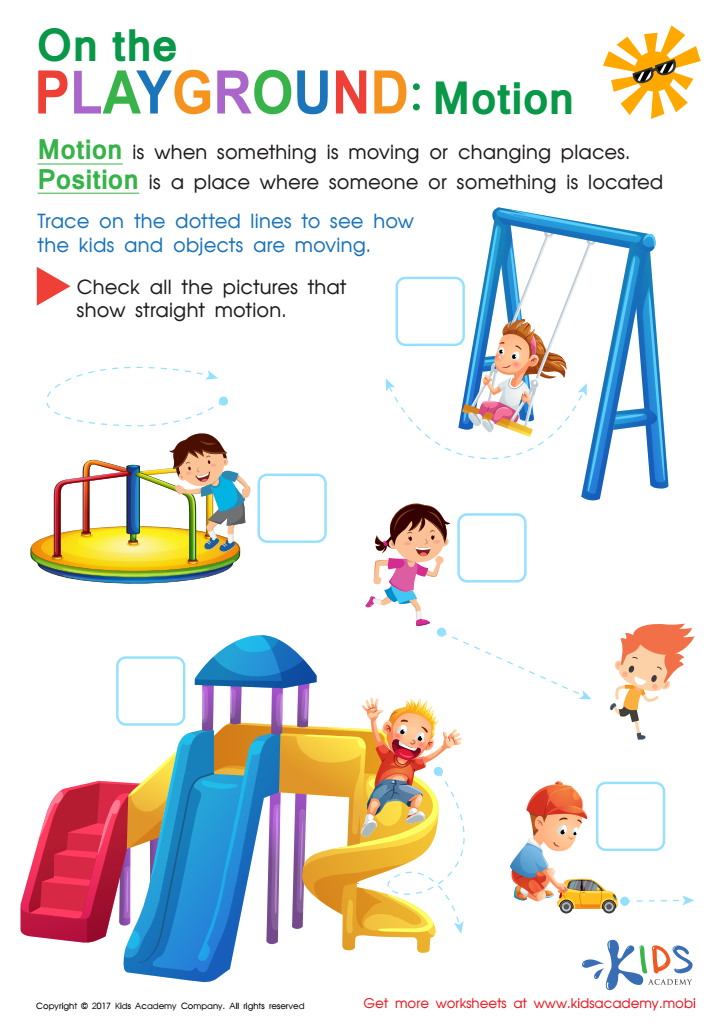

Position and Motion Worksheet
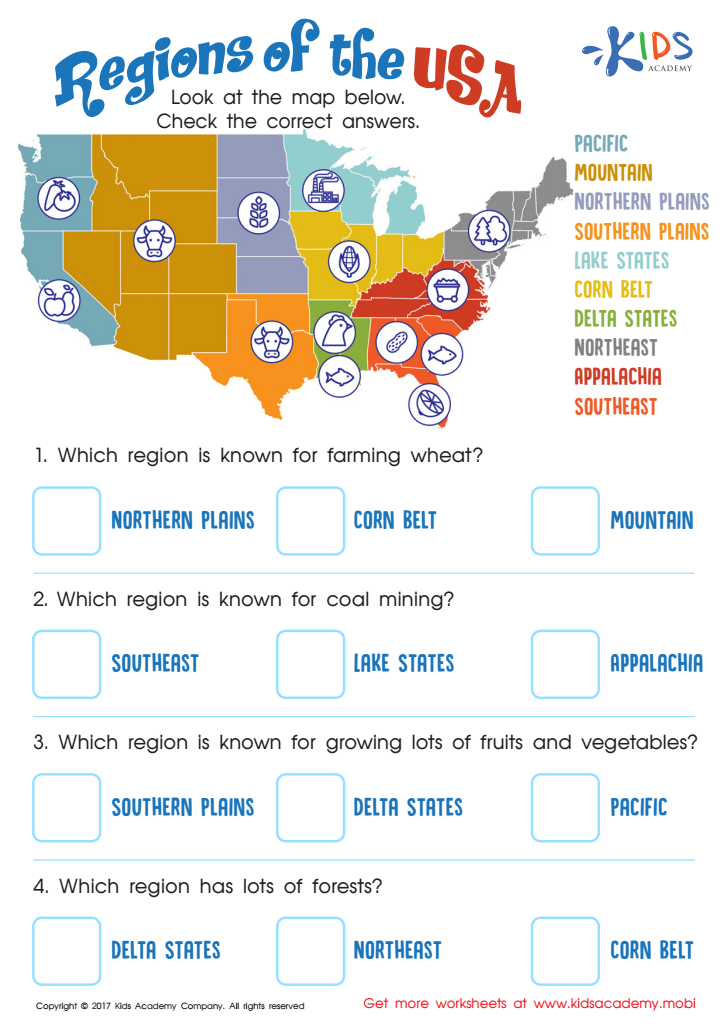

Regions of the USA Worksheet


Skip Counting by 10 Through Our Community Worksheet
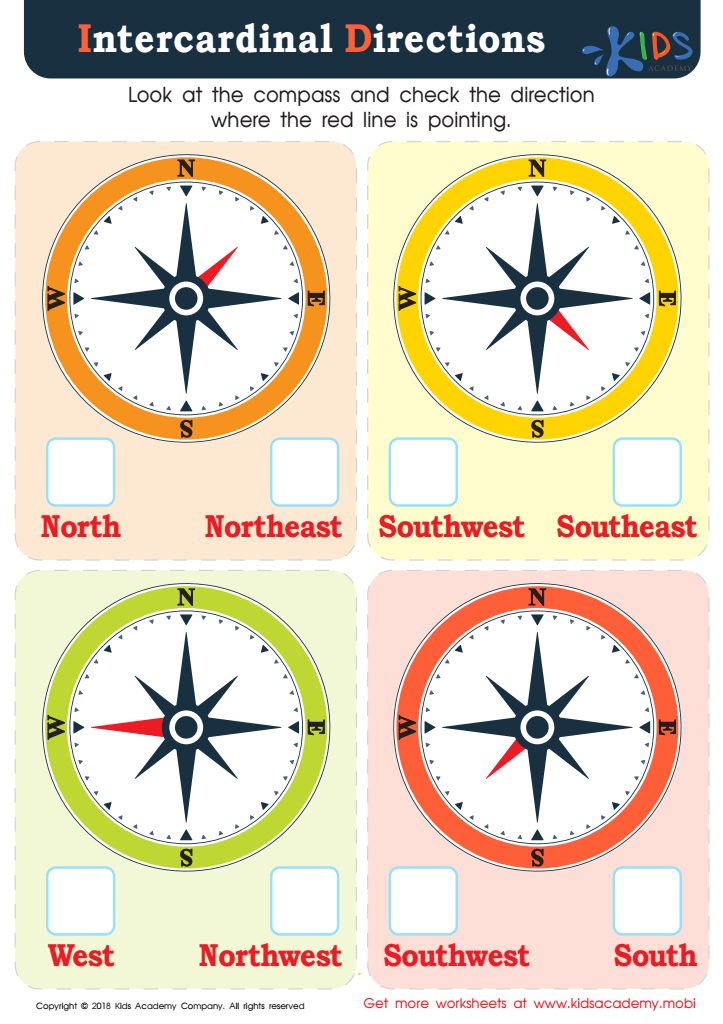

Intercardinal Directions Worksheet
Spatial awareness is an essential skill for children, particularly in Grade 2, as it sets the foundation for future learning in mathematics, science, and everyday problem-solving. Parents and teachers should prioritize the development of this skill because it helps children understand their position and movement in space relative to other objects and themselves.
At this age, kids begin to grasp concepts such as shapes, sizes, distances, and directions, all rooted in spatial awareness. These skills are not only vital for math competencies, like geometry and measurement, but also play a critical role in physical activities and motor skill development. Good spatial awareness can enhance a child's ability to navigate effectively, which is crucial during playtime, sports, and when learning new physical tasks.
Moreover, fostering spatial awareness can improve critical thinking skills, as children learn to visualize and manipulate objects mentally. It also encourages creativity, as they explore their environment and engage in imaginative play. By supporting spatial awareness, parents and teachers can contribute significantly to a child’s cognitive and social development, positively impacting their academic journey and daily life experiences.
 Assign to My Students
Assign to My Students








